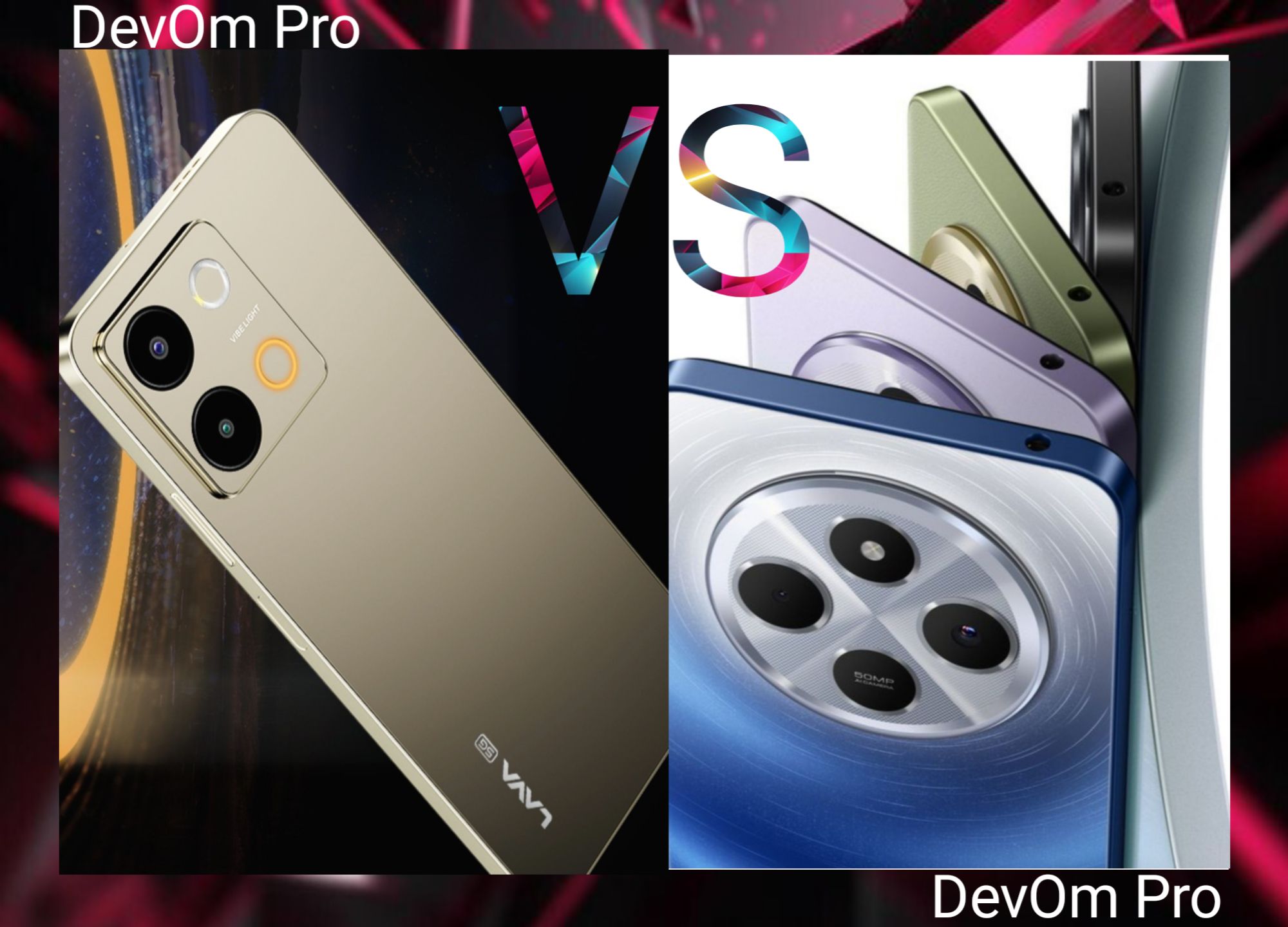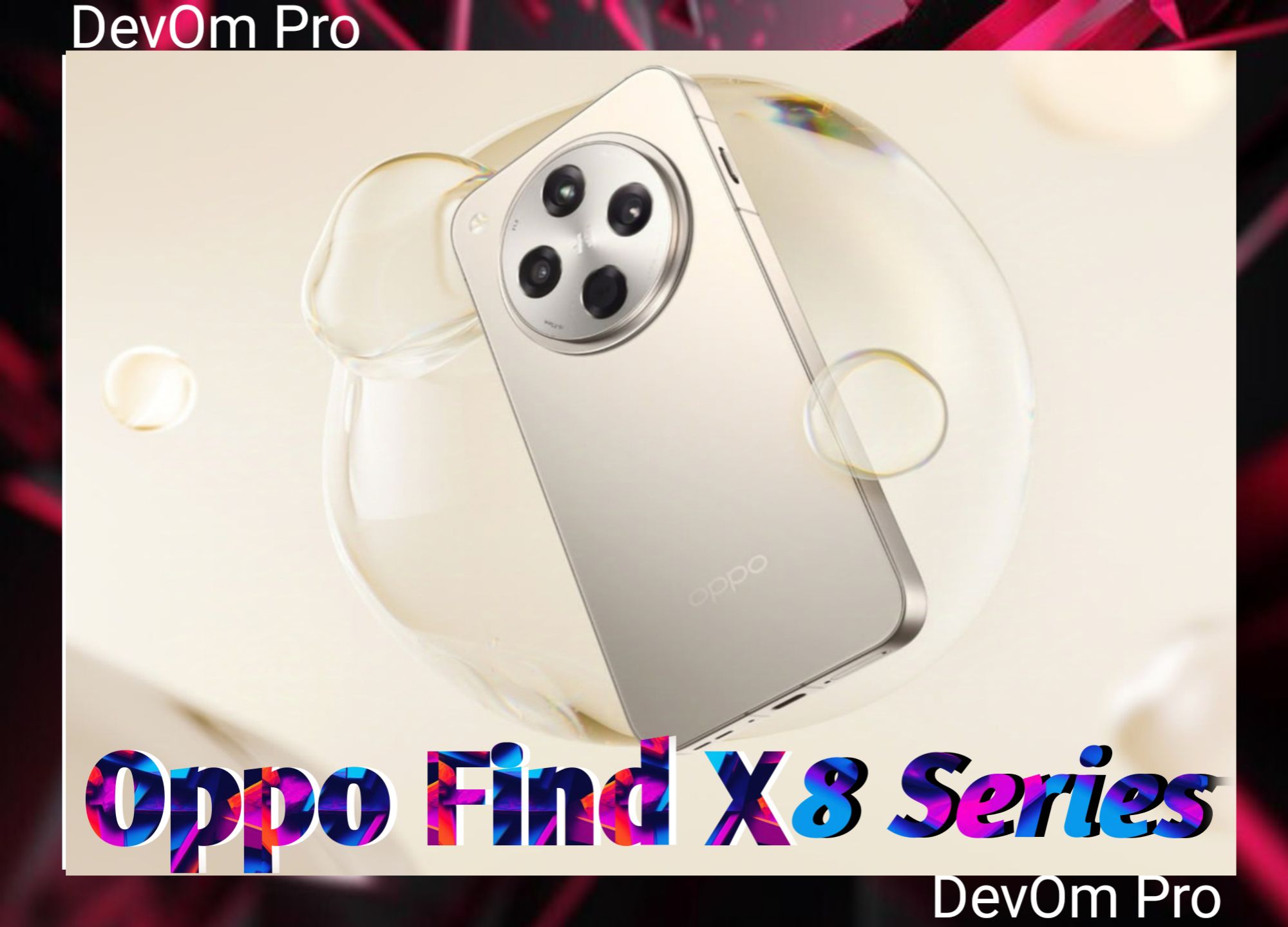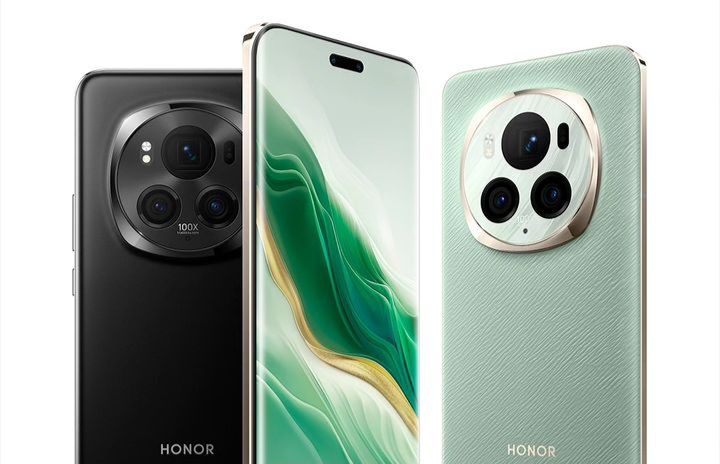When it comes to the mid-range smartphone market, two brands that have captured significant attention in recent years are Redmi and MEIZU. Both brands, known for offering impressive specs at an affordable price, have managed to carve a loyal customer base worldwide. In this comparison, we’ll delve deep into two of their latest offerings – the Redmi 14C and the MEIZU Note 21. These two models, though similar in target market, have distinct features that set them apart. This detailed article will guide you through their specifications, design, performance, camera, and more, helping you decide which smartphone suits your needs best.
Design and Build Quality
Redmi 14C: Redmi smartphones are often recognized for their sleek and practical designs, and the Redmi 14C is no exception. The phone showcases a refined polycarbonate back with subtle gradient patterns, offering both durability and a modern look. The edges are slightly curved, providing a comfortable grip for one-hand usage. It comes in multiple color variants, including Midnight Black, Ice Blue, and Sunset Orange. Despite being a budget device, the phone has a decent build quality, making it sturdy enough for everyday use.
MEIZU Note 21: On the other hand, MEIZU Note 21 stands out with a more premium feel. It offers an aluminum frame with glass on both the front and back, giving it a high-end aesthetic. The phone’s minimalist design is elegant, with a matte finish that resists fingerprints and smudges. MEIZU has focused on offering a compact, lightweight experience despite the larger screen size. The device comes in colors like Graphite Gray, Sapphire Blue, and Pearl White, appealing to users who prefer a sleek, polished look.
Verdict: The MEIZU Note 21 clearly takes the edge in terms of premium build quality, while the Redmi 14C offers a more practical, durable design that may appeal to those looking for a more budget-friendly yet durable phone.
Display
| Features | Redmi 14C | MEIZU Note 21 |
|---|---|---|
| Screen Size | 6.5 inches | 6.7 inches |
| Display Type | IPS LCD | AMOLED |
| Resolution | 1600 x 720 pixels | 2400 x 1080 pixels |
| Refresh Rate | 60Hz | 120Hz |
| Brightness | 450 nits | 800 nits |
| HDR Support | No | Yes |
The Redmi 14C comes with a 6.5-inch IPS LCD, offering a resolution of 1600 x 720 pixels. While this display is good for day-to-day tasks like browsing and video streaming, it doesn’t quite match the vividness and sharpness offered by AMOLED screens. It does, however, provide decent colors and good brightness for outdoor usage at 450 nits.
The MEIZU Note 21, on the other hand, boasts a larger and superior 6.7-inch AMOLED panel with a full HD+ resolution of 2400 x 1080 pixels. Its 120Hz refresh rate ensures smoother scrolling and gaming performance, while the increased brightness of 800 nits makes it perfect for outdoor viewing. The AMOLED display also provides better contrast, deeper blacks, and more vibrant colors, making it the better option for media consumption and gaming.
Verdict: The MEIZU Note 21 offers a far superior display experience, thanks to its AMOLED technology, higher resolution, and faster refresh rate. If you are someone who values a vibrant display, MEIZU Note 21 is the better choice.
Performance
| Features | Redmi 14C | MEIZU Note 21 |
|---|---|---|
| Processor | MediaTek Helio G88 | Qualcomm Snapdragon 7 Gen 2 |
| GPU | Mali-G52 MC2 | Adreno 644 |
| RAM | 4GB / 6GB | 8GB / 12GB |
| Storage | 64GB / 128GB | 128GB / 256GB |
| Expandable Storage | Yes, up to 512GB | No |
The Redmi 14C is powered by the MediaTek Helio G88 processor, a mid-range chipset aimed at providing decent performance for everyday tasks such as social media, video streaming, and light gaming. With 4GB and 6GB RAM options, users can choose according to their needs. The Mali-G52 MC2 GPU handles casual gaming well, though it may struggle with more demanding titles.
On the contrary, the MEIZU Note 21 packs the more powerful Qualcomm Snapdragon 7 Gen 2 chipset, which is a significant step up in terms of performance. Paired with 8GB or 12GB of RAM, this device can handle multitasking, high-end gaming, and demanding applications with ease. The Adreno 644 GPU further enhances gaming performance, providing smooth gameplay even with graphically intense games.
Verdict: In terms of performance, the MEIZU Note 21 is clearly the winner, offering better processing power, more RAM, and superior gaming capabilities compared to the Redmi 14C.
Software
Redmi 14C: Running on MIUI 13, based on Android 12, the Redmi 14C offers a feature-rich user interface with several customization options. MIUI is known for its vibrant UI, packed with useful tools and features such as second space, app lock, and a one-handed mode. However, MIUI has been criticized for having pre-installed bloatware, though users can uninstall most of it.
MEIZU Note 21: The MEIZU Note 21 comes with Flyme OS, a unique skin based on Android 13. Flyme OS is known for its minimalist design and smooth performance. It’s free from excessive bloatware, providing a more streamlined experience compared to MIUI. Flyme OS also includes several features such as gesture navigation, game mode, and enhanced privacy settings.
Verdict: While MIUI 13 on the Redmi 14C is feature-rich, Flyme OS on the MEIZU Note 21 offers a cleaner, more refined user experience. Those who prefer a more minimalist and efficient interface will likely lean towards the MEIZU Note 21.
Camera
| Features | Redmi 14C | MEIZU Note 21 |
|---|---|---|
| Primary Camera | 50MP main sensor | 64MP main sensor |
| Secondary Cameras | 8MP ultra-wide, 2MP macro | 12MP ultra-wide, 5MP macro |
| Front Camera | 13MP | 16MP |
| Video Recording | 1080p@30fps | 4K@30fps, 1080p@60fps |
| Special Features | AI Scene Detection, Night Mode | AI Image Processing, Night Mode, Pro Mode |
The Redmi 14C offers a solid 50MP main sensor capable of capturing decent photos in well-lit conditions. It comes with an 8MP ultra-wide camera and a 2MP macro lens, allowing for more versatile photography. The AI-powered scene detection and night mode improve image quality in different lighting environments, but it struggles in low-light scenarios.
The MEIZU Note 21, however, steps up the camera game with a 64MP primary sensor, offering better details, sharper images, and more accurate colors. Additionally, its 12MP ultra-wide camera and 5MP macro lens add versatility, while advanced AI image processing ensures clearer and more vivid photos. The MEIZU Note 21 also supports 4K video recording, a feature absent on the Redmi 14C.
Verdict: The MEIZU Note 21 excels in the camera department, offering better resolution, more versatile secondary lenses, and advanced AI features for both photography and video recording.
Battery Life and Charging
| Features | Redmi 14C | MEIZU Note 21 |
|---|---|---|
| Battery Capacity | 5000mAh | 5000mAh |
| Charging Speed | 18W fast charging | 33W fast charging |
| USB Type | USB Type-C | USB Type-C |
| Wireless Charging | No | Yes, 15W |
Both the Redmi 14C and MEIZU Note 21 come equipped with a robust 5000mAh battery, ensuring all-day usage on a single charge. The Redmi 14C supports 18W fast charging, which is decent but not as fast as some competitors. Meanwhile, the MEIZU Note 21 offers faster 33W charging, allowing you to top up the battery much quicker. Furthermore, the MEIZU Note 21 includes 15W wireless charging, a feature not present in the Redmi 14C.
Verdict: While both phones offer excellent battery life, the MEIZU Note 21 takes the lead in charging speed and the inclusion of wireless charging.
Connectivity and Additional Features
| Features | Redmi 14C | MEIZU Note 21 |
|---|---|---|
| 5G Support | No | Yes |
| Wi-Fi | Wi-Fi 802.11 a/b/g/n/ac | Wi-Fi 6 |
| Bluetooth | 5.0 | 5.2 |
| NFC | No | Yes |
| Fingerprint Sensor | Rear-mounted | In-display |
| Audio | 3.5mm jack | No 3.5mm jack |
The Redmi 14C supports 4G connectivity, while the MEIZU Note 21 is 5G-ready, offering faster internet speeds and better connectivity for future-proofing. Additionally, the MEIZU Note 21 supports Wi-Fi 6 and Bluetooth 5.2, ensuring faster data transfer and better wireless connectivity. It also includes NFC for contactless payments, a feature missing on the Redmi 14C. In terms of security, the Redmi 14C has a rear-mounted fingerprint sensor, whereas the MEIZU Note 21 offers a more modern in-display fingerprint sensor.
Verdict: The MEIZU Note 21 outshines the Redmi 14C in terms of connectivity and additional features, thanks to 5G support, Wi-Fi 6, and NFC.
Price and Value for Money
| Features | Redmi 14C | MEIZU Note 21 |
|---|---|---|
| Base Model Price | $150 | $300 |
| Higher Variant Price | $180 | $350 |
When considering the price, the Redmi 14C offers incredible value for budget-conscious consumers. It provides a good balance between performance, battery life, and camera for its price range. However, for those looking for more premium features, the MEIZU Note 21 justifies its higher price with its superior display, performance, and camera capabilities.
Verdict: The Redmi 14C offers unbeatable value in its price range, but if you’re willing to spend more for a better display, camera, and performance, the MEIZU Note 21 is worth the investment.
Final Verdict
Both the Redmi 14C and the MEIZU Note 21 bring significant value to the mid-range smartphone market. The Redmi 14C is the clear choice for budget-conscious users who want a reliable phone for everyday use, with decent performance and battery life. On the other hand, the MEIZU Note 21 is perfect for users looking for premium features such as an AMOLED display, faster performance, 5G connectivity, and a better camera experience.
In conclusion, choose the Redmi 14C if:
- You are on a budget and looking for a reliable daily driver.
- You prefer practicality over premium features.
- You need expandable storage for more flexibility.
Opt for the MEIZU Note 21 if:
- You prioritize display quality and smoother performance.
- You want a more advanced camera setup and 5G connectivity.
- You are looking for faster charging and additional features like wireless charging and NFC.




